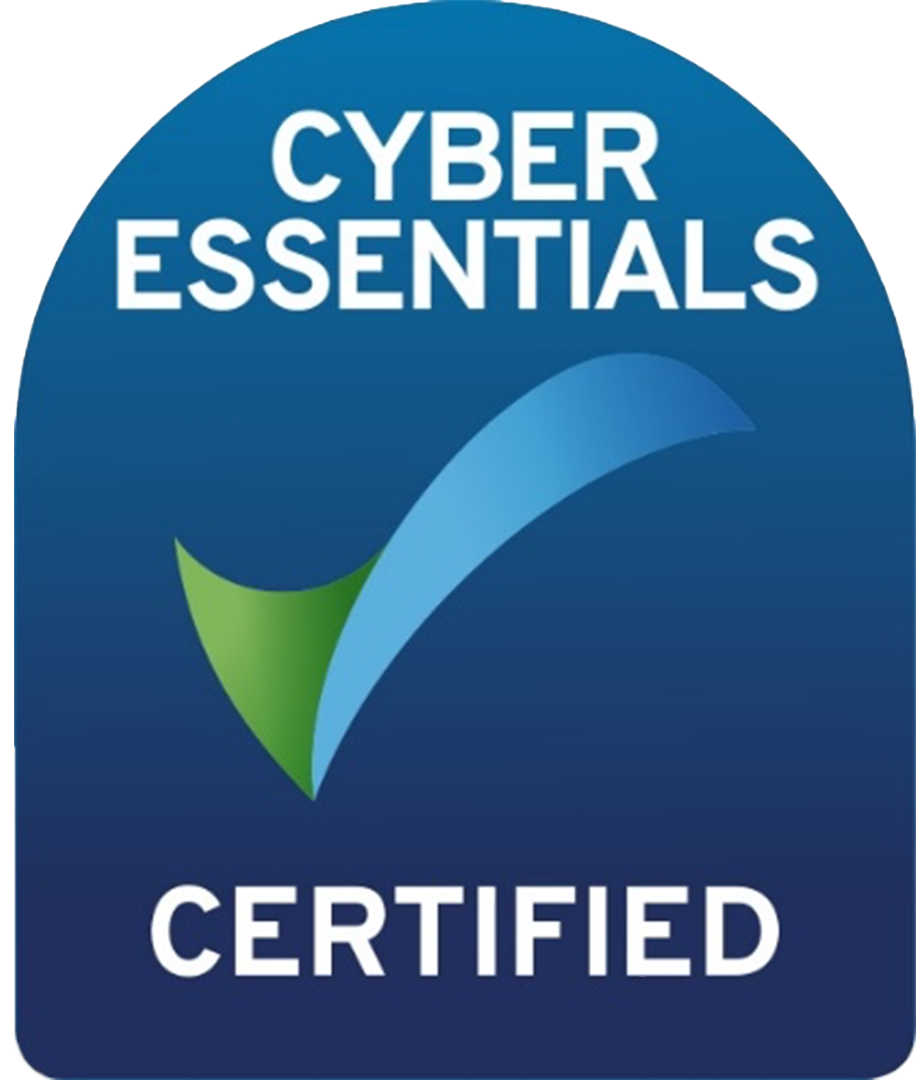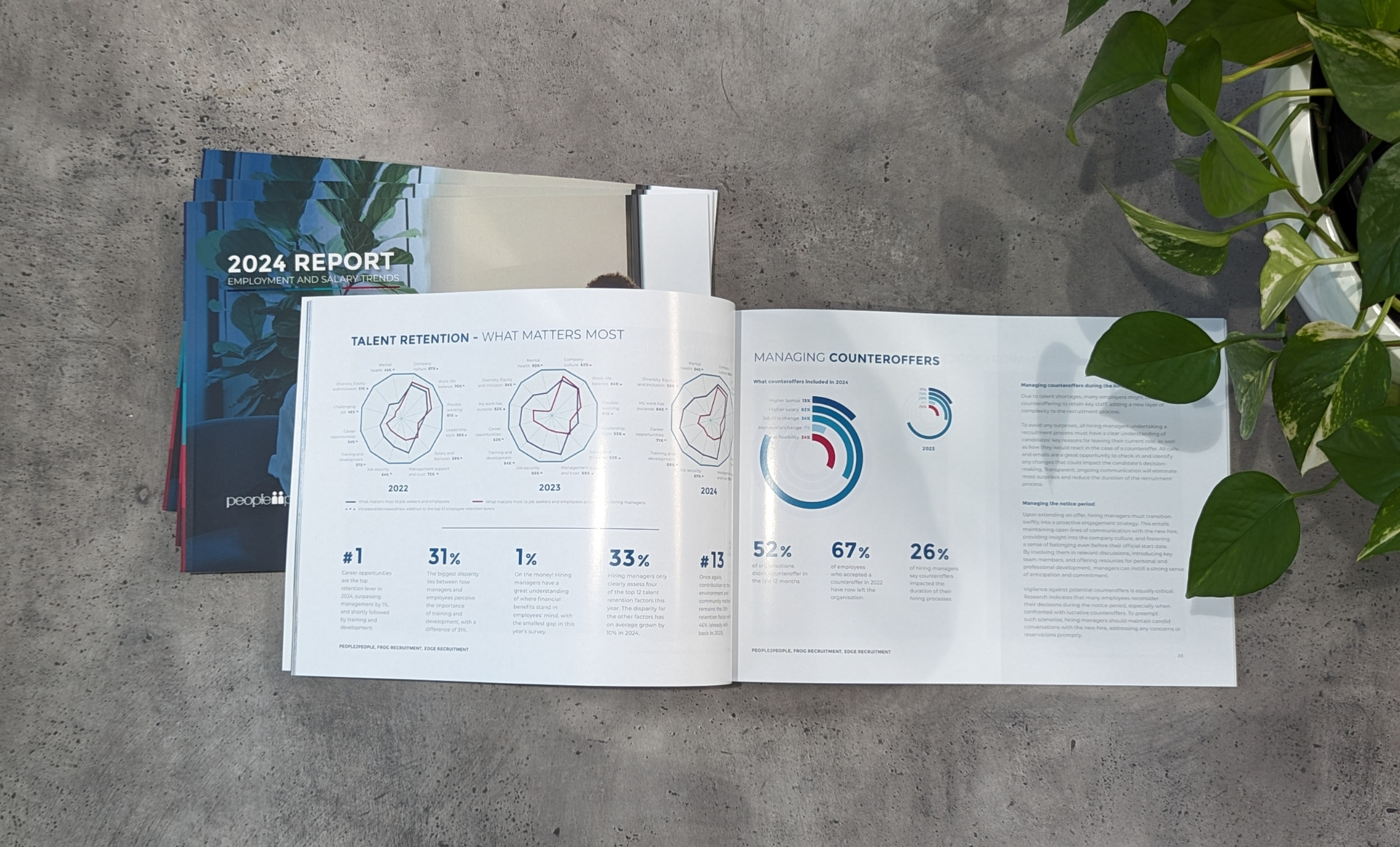A cliché which is beaten to death, is that recruiters wade through a sea of resumes on a daily basis, matching buzz words and not returning calls. The reality, like most clichés, is that there is an element of truth to these claims and they have a cause and effect, which frankly is the nature of the game. Most recruiters will be working on a number of roles at the one time, juggling expectations of clients, candidates and their own diminishing time within the day’s working hours. As such, direct matching of key words from the role brief and applicants’ resumes, will always be a statistically safe bet, that the particular candidate will have relevant skills and is worthwhile following up.
It is a sad truth, that there is simply no way all applicants (which sometimes can run into the hundreds) can all be spoken to individually. This brings me to the importance and shifting trend of a tailored (yet always genuine) resume and a follow up call/voicemail pitch as the new cover letter .
Keeping in mind that the CV and cover letter have traditionally gone hand in hand like tea and sugar, there is a stigma that both are always required. Personally, I have come to disagree. I find it much more effective and practically more beneficial to tailor one’s resume to the advertisement or job description (if your experience does match) and put in a follow up call, or if unable to reach the recruiter: leave a message with your ‘pitch’ .
This will create an advantage over other candidates who may have relevant experience, but haven’t highlighted this clearly enough – or have not actively put themselves in the ear or mind of the recruiter via a call. As left messages are quite a common occurrence, a brief outline of your experience in relation to the advertisement will then provoke greater interest, creating more chance of jumping the queue and shouting to be heard (again, assuming your experience is relevant). It also shows confidence, initiative and a keen interest.
Essentially, the time spent writing out an ideal cover letter, which sadly may not be read, can be bypassed by a message summarising your experience in relation to the key criteria, or connecting with the recruiter and discussing your application directly.
All of which can increase your chances of securing an interview and that next position!
Share this article
Useful links
Search for jobs today
Temp Jobs in United Kingdom
Perm Jobs in United Kingdom
Got a vacancy?
What's happening in the market?
Get your copy of the 2024 United Kingdom Employment and Salary Trends Report
How do I prepare for my job interview?
Get in touch
Find out more by contacting one of our specialisat recruitment consultants across Australia, New Zealand, and the United Kingdom.
Recent insights



UK's 2024 Employment and Salary Trends Report
Salary trends, talent attraction and retention strategies
Copyright © 2024, people2people
people2people partners with
CarbonInvoice to measure and mitigate any carbon emissions associated with the work we do.
Specialisations
Locations
Resources




